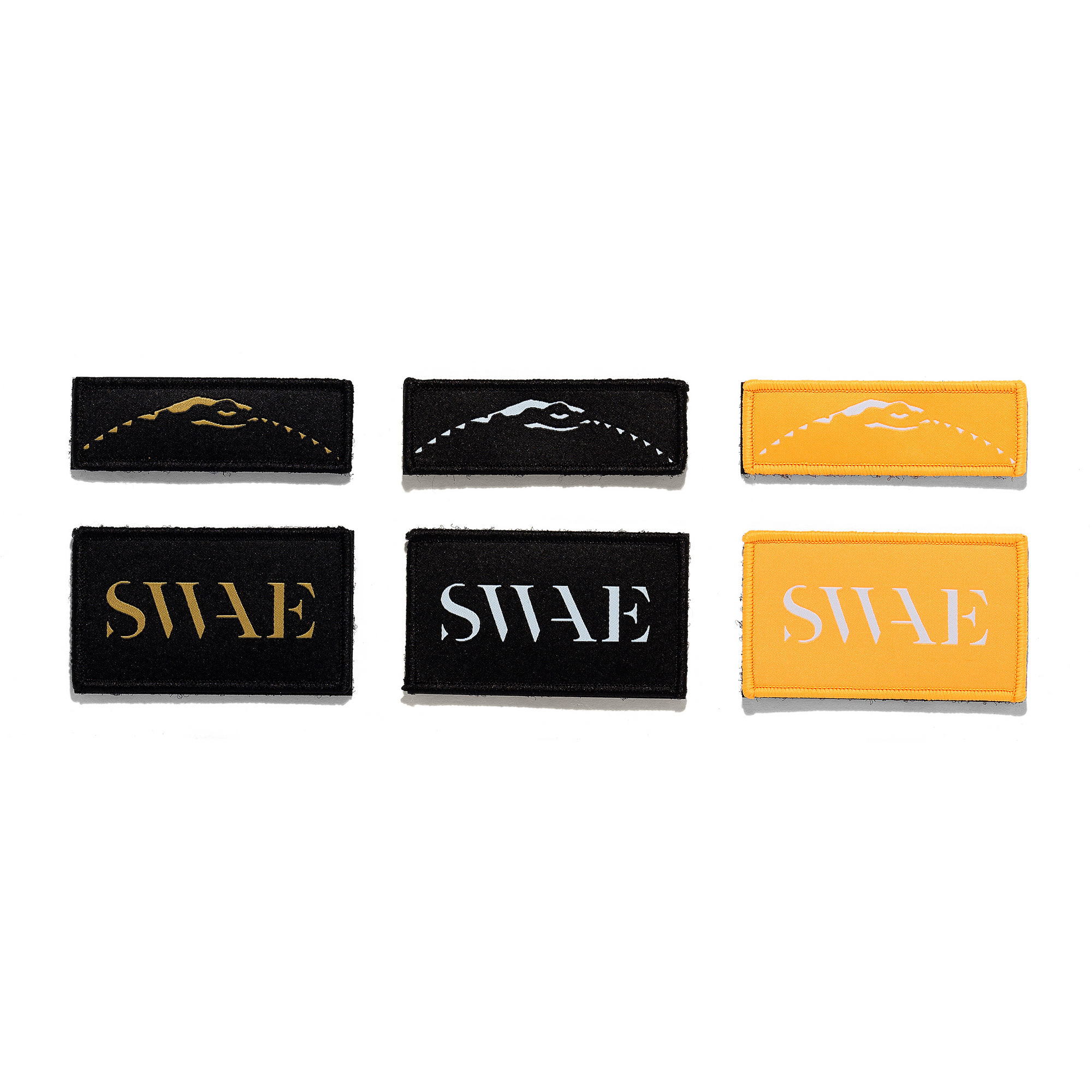Gear
MORE THAN A HIKE IN GLACIER NATIONAL PARK
Over 3 million people visited Glacier National Park in 2021. That's three times the population of the state of Montana and nearly double the 1.6 million who visited in 2020. The National Park Service estimates roughly half of those 3 million people will venture into the backcountry. But despite those high usage numbers, backcountry treks are not for the unseasoned or unprepared.
No area in the contiguous United States holds a higher risk of being eaten by an animal than Glacier National Park. Even something as minor as a sprained ankle can spell disaster and constitute an emergency when you're a few hours hike from medical services. Consuming untreated water will bring you face to face with a litany of water-based diseases such as Cholera, Dysentery, Giardia, Salmonella, Typhoid, and many more. The Park isn't Disneyland - the beautiful untouched landscape of Glacier is reserved for those who devise a survival strategy properly.
The first step in any backpacking expedition is preparation. First, ensure you cover all the essentials - food, water, and shelter. Then make sure you have the proper tools for any wildlife encounters. Lastly, pack it all while adding the least weight to your backpack.
Covering the Basics
Food
Freeze-dried meals or Meal Ready-to-Eat (MREs) are great solutions for nutrition deep in the forest for fractions of the weight regular perishables provide. Personally, MountainHouse Adventure Meals are a favorite of the team, but Military Surplus (Hawaii Prime) and ReadyWise are close seconds. In addition, these complete meals require only boiling water and 10-minutes before you're eating like royalty. Nothing like miles of uphill trudging to make any hot food taste like a feast.
Water
Water is obviously crucial to any backpacking or camping trip, but it can also be incredibly heavy. You can reduce weight by bringing back country filter straws - incredible devices that filter water down to the micron. They come in regular Nalgene water bottles or Camelbaks. These straws have revolutionized backcountry hiking while also helping save lives in countries without clean drinking water. Transforming any high mountain springs into a verifiable oasis. Cooling off in the freshwater, followed by filling up your water bottles with the glacier-chilled aqua, becomes the undeniable highlight of the trip.
Exposure
A lightweight tent is a must to keep yourself safe from the elements and insects while you sleep. But another consideration is coverage of your body during the hike itself. With the sun beating down during the hottest calendar day of the year, clothes that breathe yet protect are necessary.
Making the trip in true SWAE fashion (pun intended), we wore the Ouroboros Tee for the trek into the woods. Made from breathable Supima cotton, this white tee stays cool while keeping the rays off your back. After multiple dips into wild waterfalls that pepper the trail, the shirt was dry within minutes. Overall the shirt made a great addition to the hiking ensemble of sturdy Lowa hiking boots and Prana hiking shorts.
Wildlife
Boasting over 70 species of wildlife, and among them the larger mammals (elk, moose, deer, bears, mountain goats) numbering in the thousands, Glacier National Park is abundant with critters. The first precaution is to be loud - a few claps and loud yells, or songs sung at full volume, are your first line of defense from any encounter. Next is to secure your food and scented items into a bear-proof bag or canister. We recommend Ursack, but many brands are Interagency Grizzly Bear Committee (IGBC) certified, a requirement of Glacier National Park.
Lastly, carrying bear mace is also a park requirement. While bear encounters are incredibly rare, these pressurized spray canisters of weaponized capsaicin are the best bet to keep you safe and not permanently harm these powerful and beautiful creatures. While it's not a requirement, a pair of binoculars to take in the wildlife on the surrounding ridges is a good idea too.
The adventure would span 36 miles deep into the Glacier's majestic wilderness with 14,000 feet of elevation gain over three days. As the trail rose ever higher above the valley floor, with sleepy hidden lakes resting far below, the measure of this task began to set in. Every mile and step tested the SWAE team's resolve and gear to its fullest capacity.
Finally, looking down from the mountain's apex, the payoff sets in. Peaceful vistas leading down into silent forests and the undisturbed beauty of nature spanning countless miles in all directions. Mountain goats and elk could be seen climbing adjacent mountaintops. This is what happens when proper preparation meets relentless pursuit. But don't get caught looking too long, camp is still miles ahead down into that breathtaking valley, and the only way forward is one self-assured step at a time.










